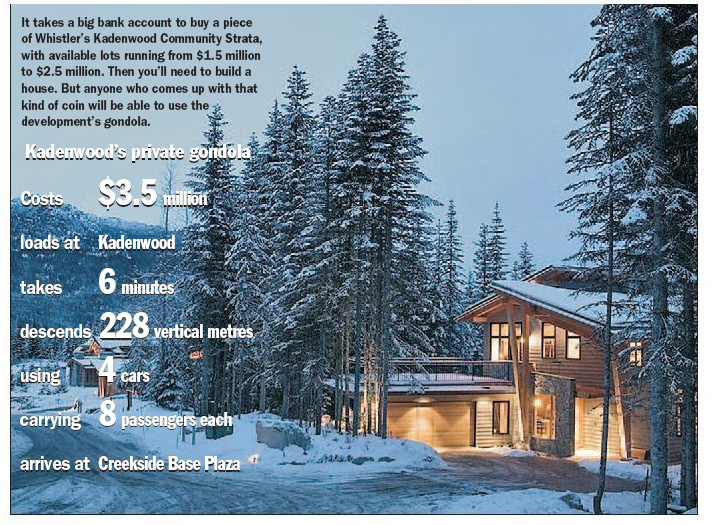City seeks private-sector partner for $10-million venture
Randy Shore
Sun
VANCOUVER – The City of Vancouver is seeking a private-sector partner to install and operate a wireless communications network that could provide free wireless Internet WiFi access to the entire city.
The network will require about 2,000 antennae, many of which will be installed on city buildings and infrastructure such as lamp standards and will cost about $10 million to fully implement in time for the 2010 Winter Olympic Games.
The scheme, approved by council Thursday, is intended to provide high-speed Internet access, a communications platform for security and emergency services and free limited Internet service to people on low incomes.
About $500,000 to be spent on feasibility studies and technical consultants will be added to the 2007 capital plan. The money is to be recovered from the company that secures the contract to build the network.
In approving the motion councillors were clear the system should maximize benefits to the non-profit sector and to people who might not otherwise have access to wireless services. Free or low-cost wireless Internet service for the city and community building applications of the network were among the stated goals of a council motion passed last year.
“We can see P3 models used all over the world that provide free networking that all the non-profits can then use,” said Coun. Heather Deal. She was particularly intrigued by the educational and cultural opportunities provided by a network that gives access to information and communication by anyone, anywhere in the city.
Museums, art galleries and institutions like Telus World of Science could use WiFi to guide people through interactive installations in parks or anywhere in the city, Deal said.
“We don’t want a system that is only accessible to those who pay into it,” Deal said. “I think free access is a very attractive opportunity.”
Free access to electronic communications has a powerful democratizing influence, too, she said. “In the U.K., they are doing online petitions and they go directly to the politicians,” Deal said. “That is proving extremely popular.”
Several U.S. cities are either offering or implementing WiFi systems with free service, according to a city report to council. Vail, Colo., offers a free lower-speed service subsidized by paid high-speed customers, a model also being considered by San Francisco. Most of the systems that offer free service defray costs through premium paid services or advertising targeted at free service users.
Deal admitted that free users might be exposed to advertising under such a system and although she is not completely comfortable with the idea, she is ready to consider the tradeoff.
Industry representatives were unanimous in their support for council’s initiative. Eight people spoke to council Thursday.
“What council approved in principle today were the perceived benefits of a [public-private partnership] and those benefits are the widest coverage possible and the most likelihood of creating the best city possible in terms of competitiveness and innovation.
“It also has the highest probability of not costing the taxpayers money,” said Judy Bishop, a market strategist for the B.C. technology industry. “The P3 model gives the city the ability to provide the widest possible benefits.”
Staff will report back to council on the logistics of the P3 before proceeding to consultation with the community and public organizations like TransLink, Vancouver Coastal Health, Terasen and BC Hydro, any or all of which could become anchor tenants of the system.
“Each city develops a model that works for its unique circumstances, based on its geographic, social and technology requirements,” said acting director of technology Shari Wallace. “What it looks like will be based on what makes our city unique.”
The city is likely to be an anchor tenant, using the network to reduce some of the $1.6 million it spends annually on emergency communications for police and fire departments, computer and digital assistant access for workers in the field, Blackberrys and cellular phones.
The 2008 Beijing Olympic Games will use a wireless network as the backbone of its anti-terror security and emergency communications system.
City staff will explore potential security application for the 2010 Games in its consultation with the federal government.
– – –
HOW IT WORKS
WiFi is short for wireless fidelity.
– It uses low-power microwave radio to link one or more groups of users together, or to provide a link between two buildings.
– It can span several kilometres point to point but cannot be used where trees are in the way (water in the leaves absorb the radio signal). WiFi access points cover a radius of 100 metres using multiple channels to provide multi-user access to a central Internet access point.
© The Vancouver Sun 2007









